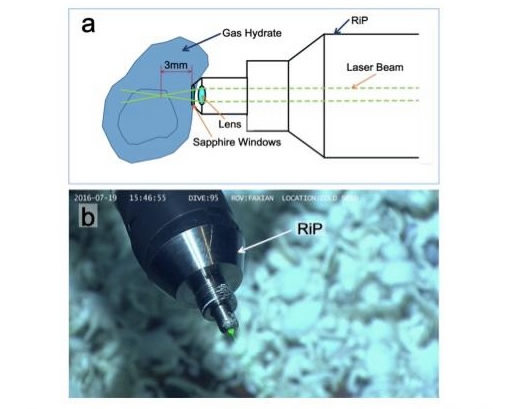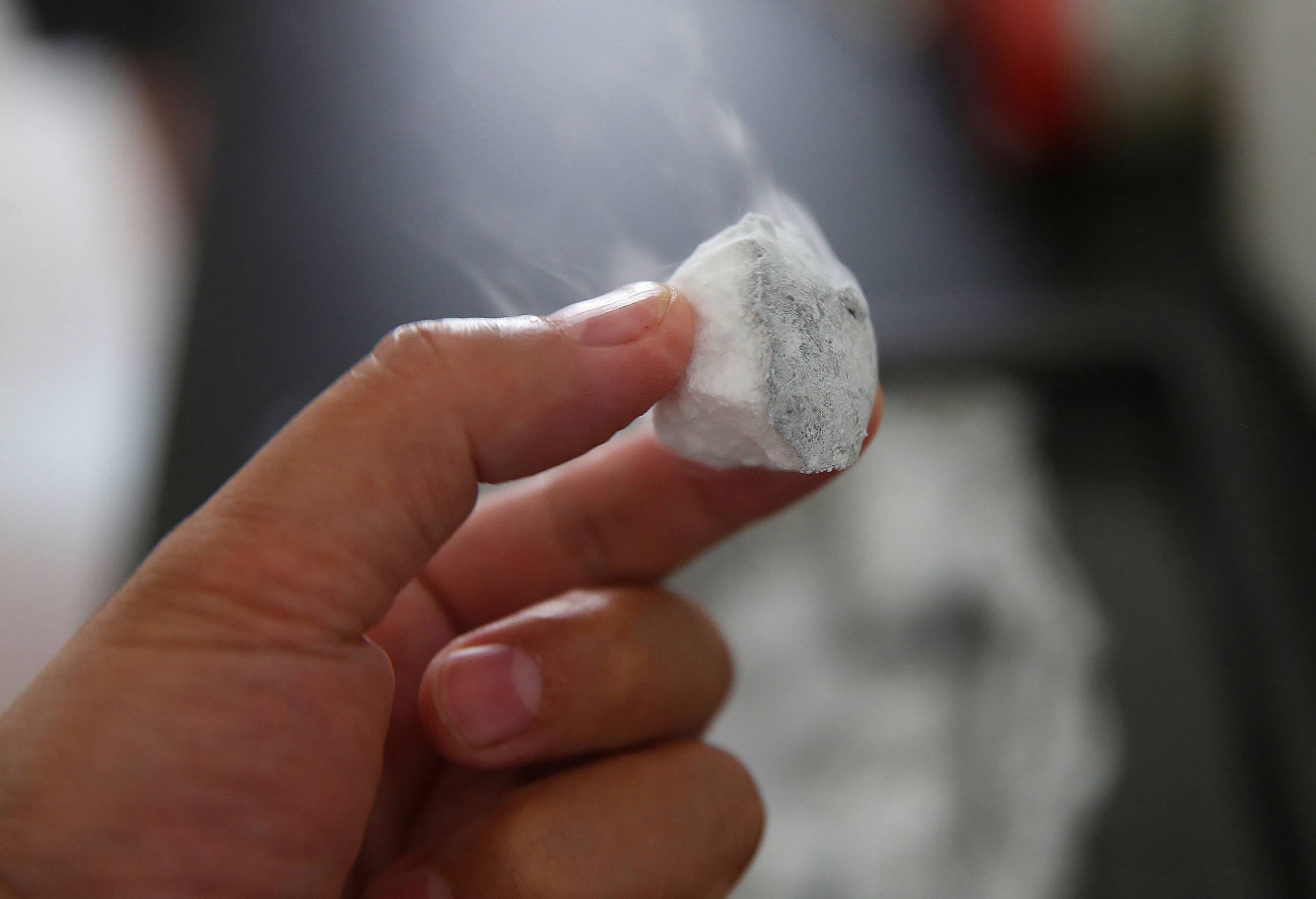
Tech & Sci
22:36, 22-Sep-2017
Green fuel: combustible ice found on South China Sea bed

Chinese scientists have discovered natural gas hydrate, or combustible ice, exposed on the seabed of the South China Sea for the first time.
As detailed in a report published in international scientific journal Geochemistry, Geophysics, Geosystems on Friday, the discovery was made during a scientific expedition by the Chinese Academy of Sciences whose scientists were aboard the research vessel “Kexue” (Science).
Via a self-developed abyssal laser probe carried by the unmanned submersible “Faxian” (Discovery), the research team found the combustible ice exposed at two points 1,100 meters underneath the sea, first time of its kind in the South China Sea.

The self-developed abyssal laser probe used to discover the "exposed" combustible ice /Xinhua Photo
The self-developed abyssal laser probe used to discover the "exposed" combustible ice /Xinhua Photo
They carried out an on-site detection, showing that the fast-generated combustible ice is not a single cage structure, but contains a large amount of free gas, like methane and hydrogen sulfide. This is also the world’s first time to verify the conclusion with in-situ Raman spectroscopic data.
Natural gas hydrate is an efficient and clean energy source which is considered to be strategically important for future energy development. It usually exists in deep-sea sediment or continental permafrost. The one that is exposed on the seabed is very difficult to form as it requires the deep-sea cold fluid as the air source.

Combustible ice /VCG Photo
Combustible ice /VCG Photo
China first found combustible ice in the South China Sea in 2007 and successfully collected the samples on May 18, one decade later.

SITEMAP
Copyright © 2018 CGTN. Beijing ICP prepared NO.16065310-3
Copyright © 2018 CGTN. Beijing ICP prepared NO.16065310-3